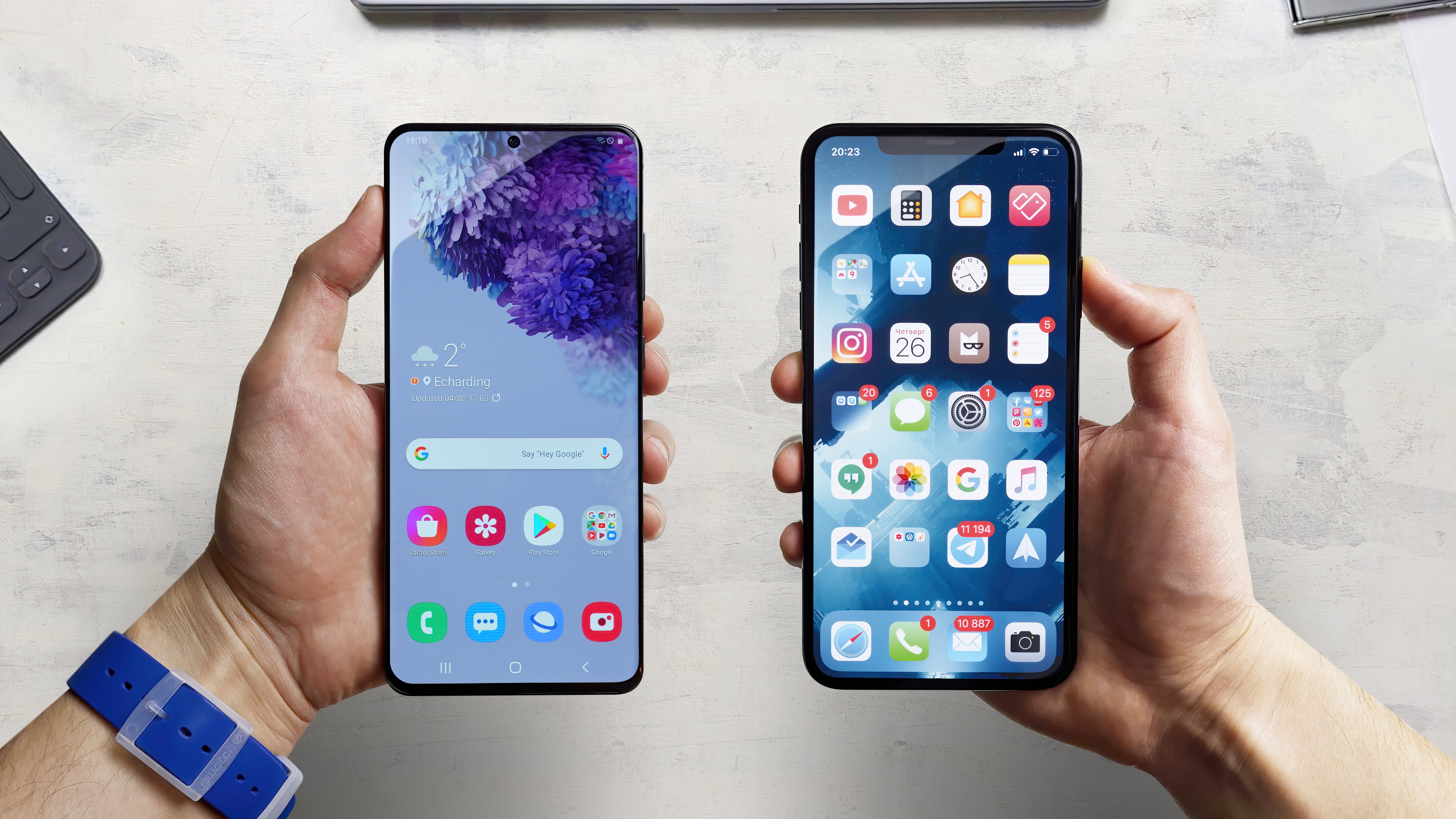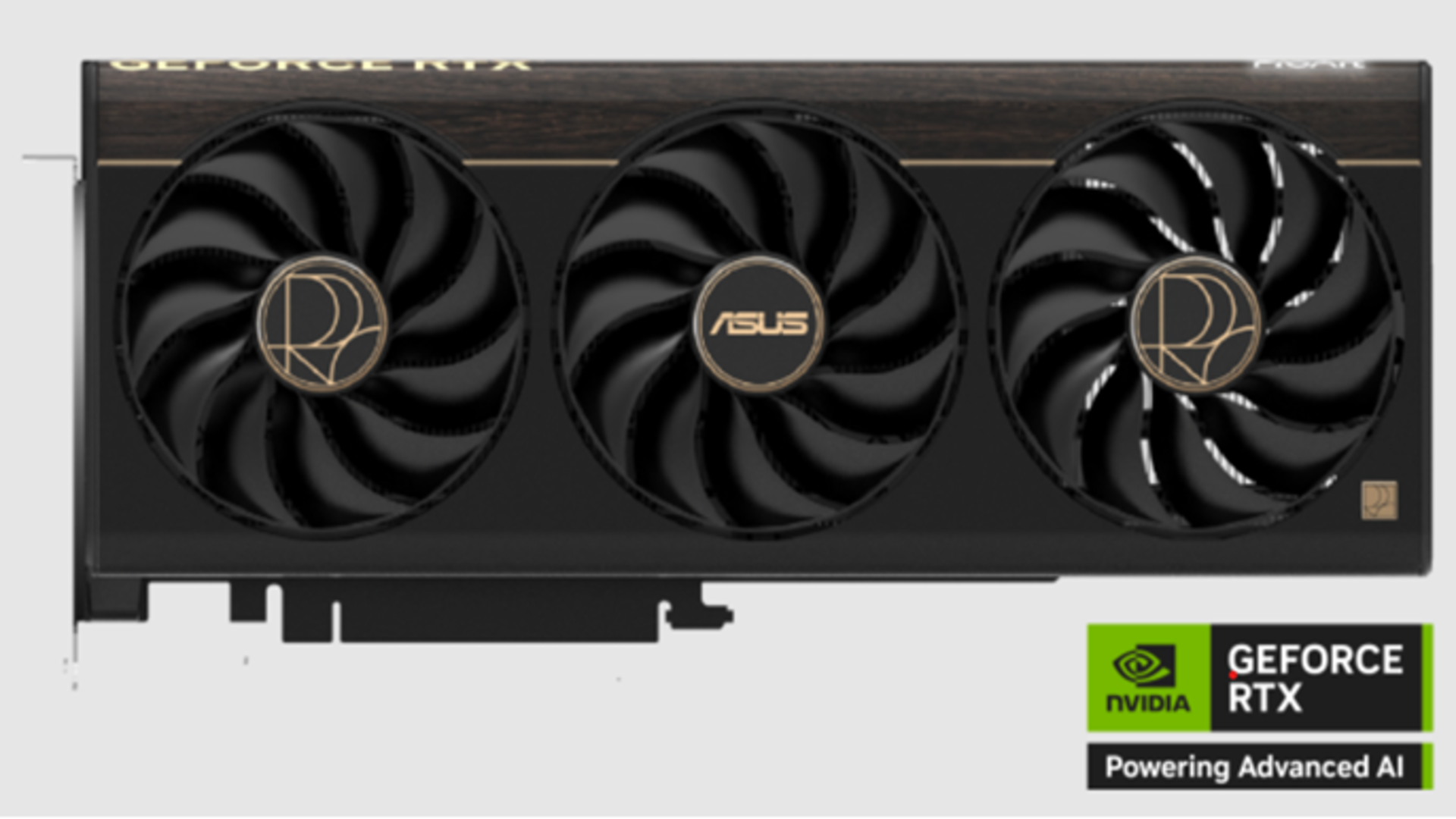From Rs 1,350 Salary to Powering India: How Anil Gupta Built Microtek and Okaya.
Anil Gupta went from earning rs 1,350 to building a rs 50,000 Cr empire with Microtek and Okaya. This is his power-packed journey.


Anil Gupta’s story doesn’t begin in a boardroom or a tech hub. It begins in Hansi, a small village in Haryana, where a young boy’s love for electronics would one day light up homes across India. From this modest background, Anil made his way to BITS Pilani, one of the country’s top engineering colleges—a stepping stone that changed everything.
After graduation, he started his career as a teacher, and later joined Engineers India Ltd., earning just ₹1,350 per month. It was a secure path, but Anil wasn’t built for comfort—he was driven by curiosity, and a hunger to build.
Betting on Himself at 18
At just 18, Anil quit his job. He wanted to bring innovation to India, not just teach it. His first bold move? Introducing optical fibre cables to India in the early 1980s—a visionary leap at a time when few had even heard of the term.
He then turned to manufacturing computers and CPUs. But there was a catch. Frequent power cuts made the entire production process unreliable. For most, this would have been a reason to quit. For Anil, it was a signal: if power was the problem, solving it would be the business.
Microtek: Built from the Markets Up
In 1989, Anil began sourcing components from Lajpat Rai Market in Delhi and co-founded Microtek, India’s first mono monitor brand. It didn’t stay mono for long—Microtek quickly expanded into colour monitors, power supplies, and motherboards, becoming one of India’s most trusted names in electronics.
But Anil didn’t stop at assembling parts. He wanted quality. He borrowed money from his uncle, flew to Taiwan, and started sourcing high-tech components directly. This move allowed Microtek to launch India’s first computer-controlled LED display, solidifying its place as a technology leader.
By 1993, he had set up a 100% Made in India monitor factory in Kundli, Haryana. Clients included IBM, Olivetti, Acer, and HCL. A boy from Hansi was now building for the world.
Turning Blackouts into a Business
Then came 1997, and with it, one of India’s worst power crises in decades. Microtek adapted fast, pivoting into inverters and UPS systems—a move that would define the next phase of Anil’s legacy. But the market had another problem: batteries. Supply was inconsistent and seasonal.
Anil briefly partnered with Prestolite USA, but demand kept outpacing supply. So, once again, he built the solution himself.
Okaya: Powering the Next Revolution
In 2001, Anil launched Okaya. The first battery plant opened in Himachal Pradesh in 2002, followed by two more. He brought R&D and quality control in-house, scaled infrastructure across 16.9 lakh sq. ft., and hired 700+ engineers to drive the next wave of growth.
By 2006, Microtek became India’s No.1 Home UPS brand, producing over 1 million units annually. Meanwhile, Okaya expanded into solar, tubular, and e-rickshaw batteries, helping rural and urban India power throug
From Inverters to Electric Vehicles
Never one to stand still, Anil saw the EV boom coming. Okaya launched its own line of electric vehicle batteries, Ferrato scooters, and OTTOPG cargo three-wheelers—backed by a growing dealer network of 55,000+ outlets across India.
Today, the Okaya Power Group has delivered over 110 million products, holds 29 patents, and has a presence in 29 countries. And it all started with a paycheque that couldn’t even cover rent.
Legacy in Motion
Anil Gupta’s story is more than just a business success—it’s a blueprint for building with intent. Every company he built was in response to a problem he personally faced. From optical fibre to EV batteries, his approach was always the same: don’t wait for someone to fix it—build the fix yourself.










































































































































































![[The AI Show Episode 150]: AI Answers: AI Roadmaps, Which Tools to Use, Making the Case for AI, Training, and Building GPTs](https://www.marketingaiinstitute.com/hubfs/ep%20150%20cover.png)
![[The AI Show Episode 149]: Google I/O, Claude 4, White Collar Jobs Automated in 5 Years, Jony Ive Joins OpenAI, and AI’s Impact on the Environment](https://www.marketingaiinstitute.com/hubfs/ep%20149%20cover.png)



























































































































![[DEALS] The All-in-One CompTIA Certification Prep Courses Bundle (90% off) & Other Deals Up To 98% Off – Offers End Soon!](https://www.javacodegeeks.com/wp-content/uploads/2012/12/jcg-logo.jpg)



![How to Survive in Tech When Everything's Changing w/ 21-year Veteran Dev Joe Attardi [Podcast #174]](https://cdn.hashnode.com/res/hashnode/image/upload/v1748483423794/0848ad8d-1381-474f-94ea-a196ad4723a4.png?#)






































































































































_ArtemisDiana_Alamy.jpg?width=1280&auto=webp&quality=80&disable=upscale#)







































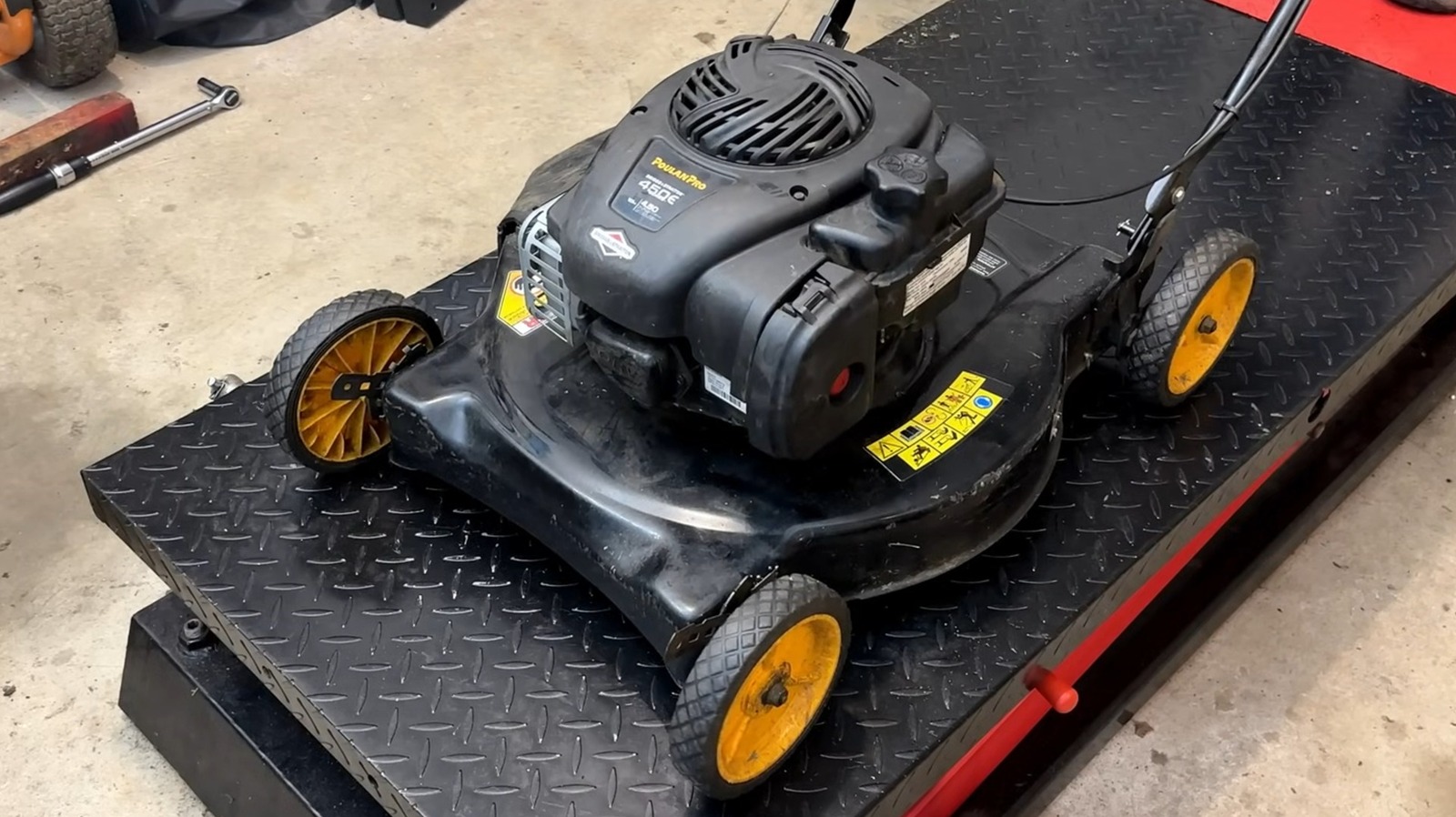






























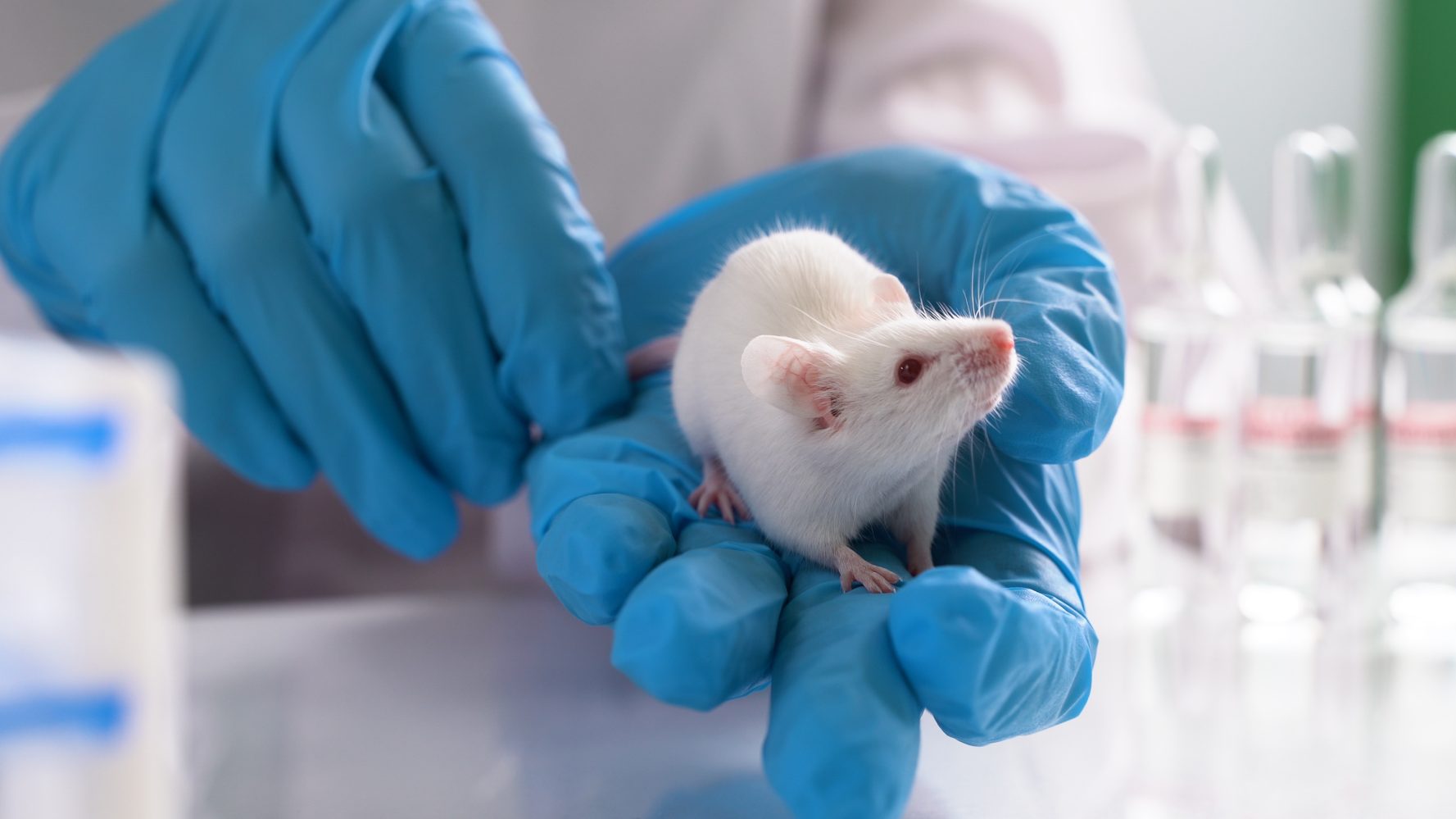




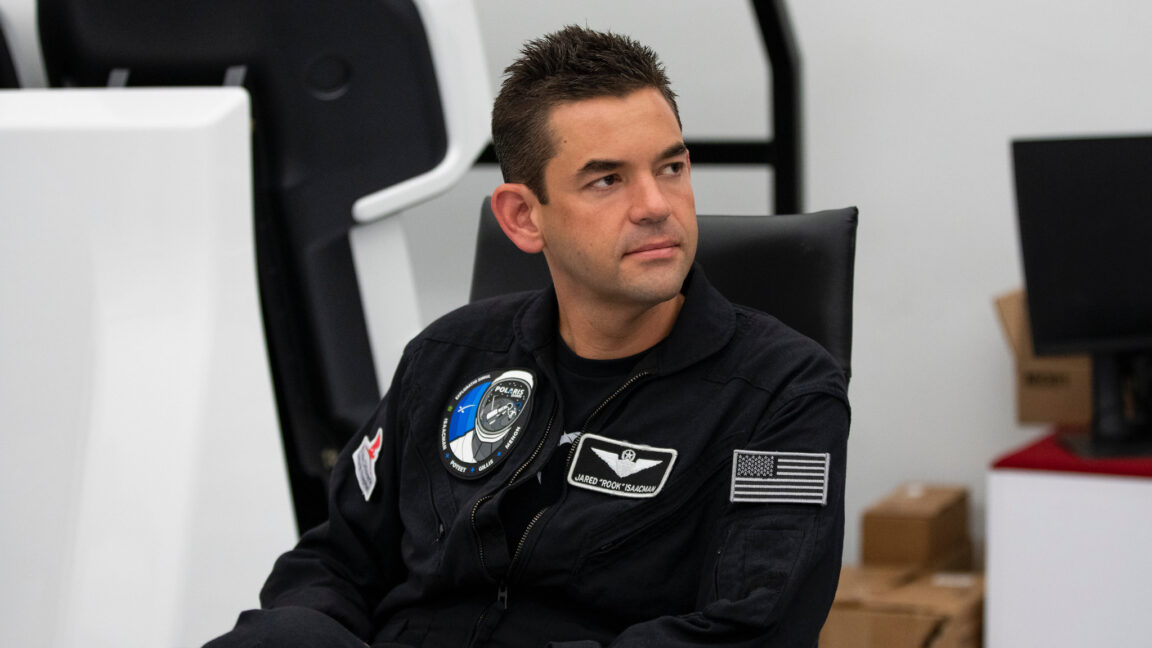


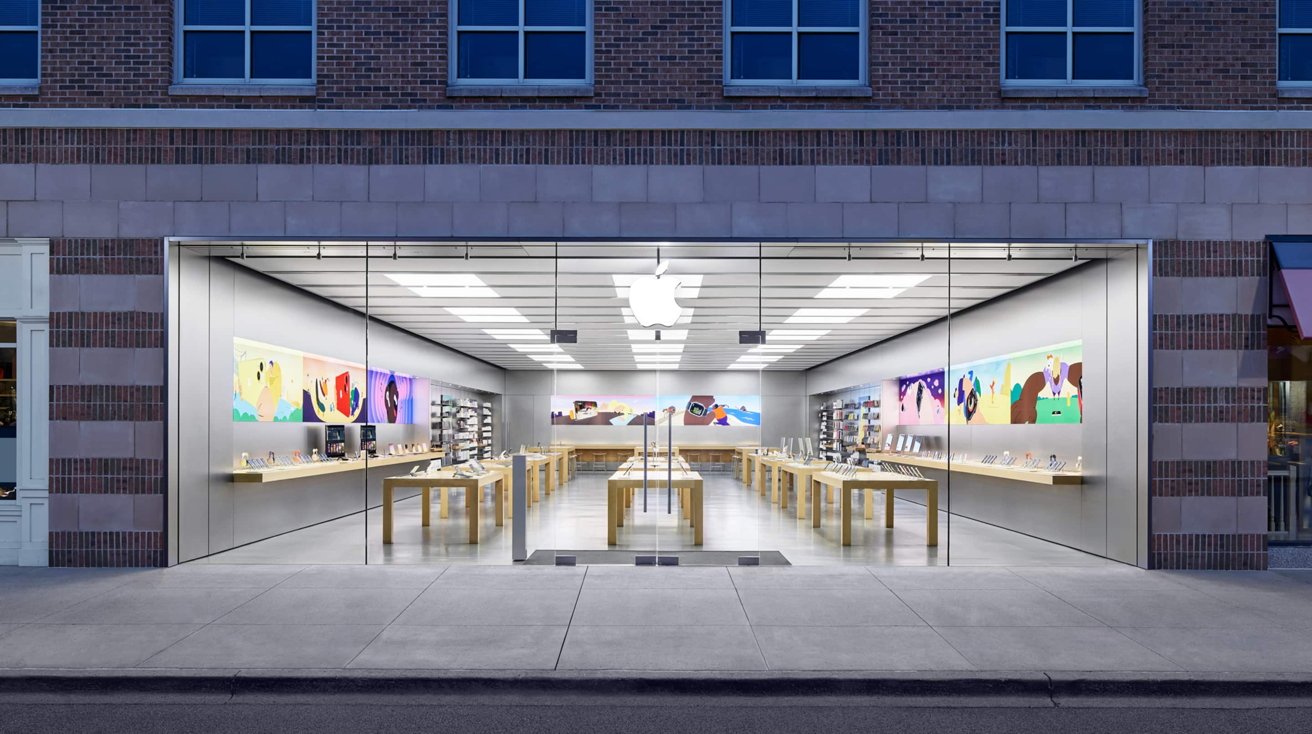

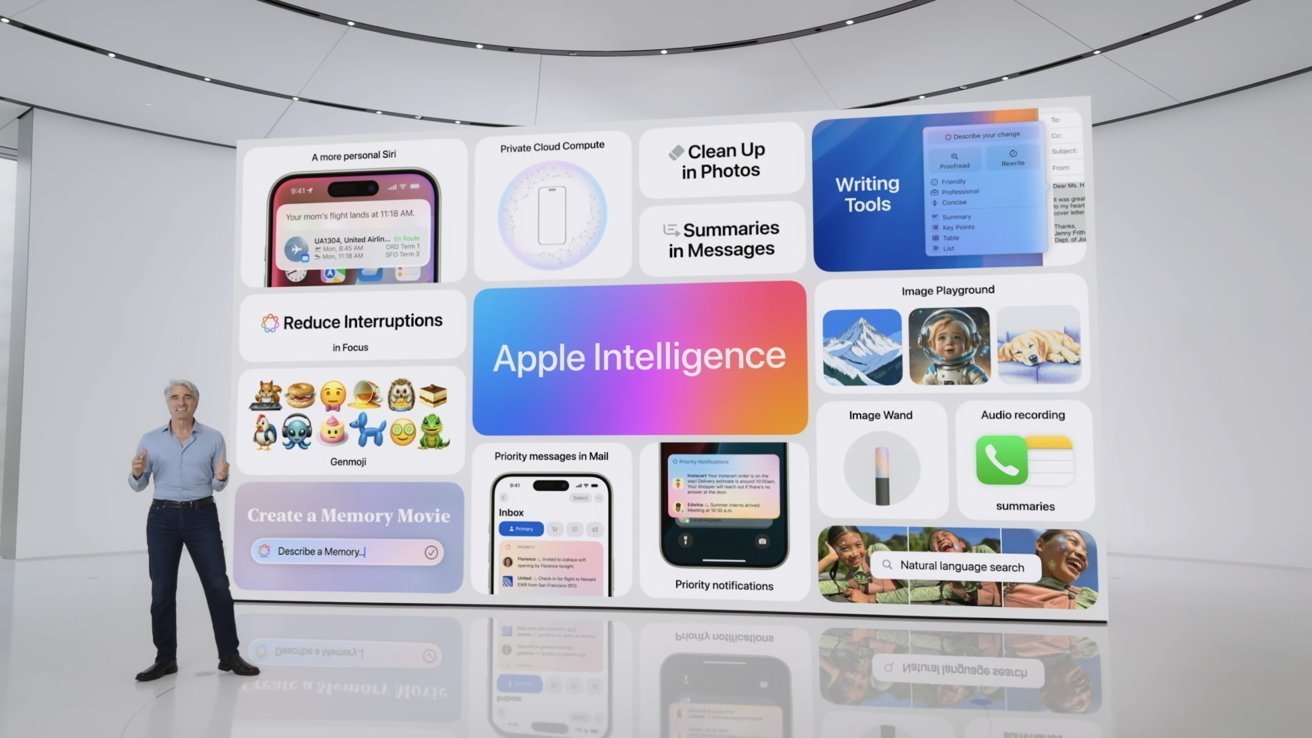
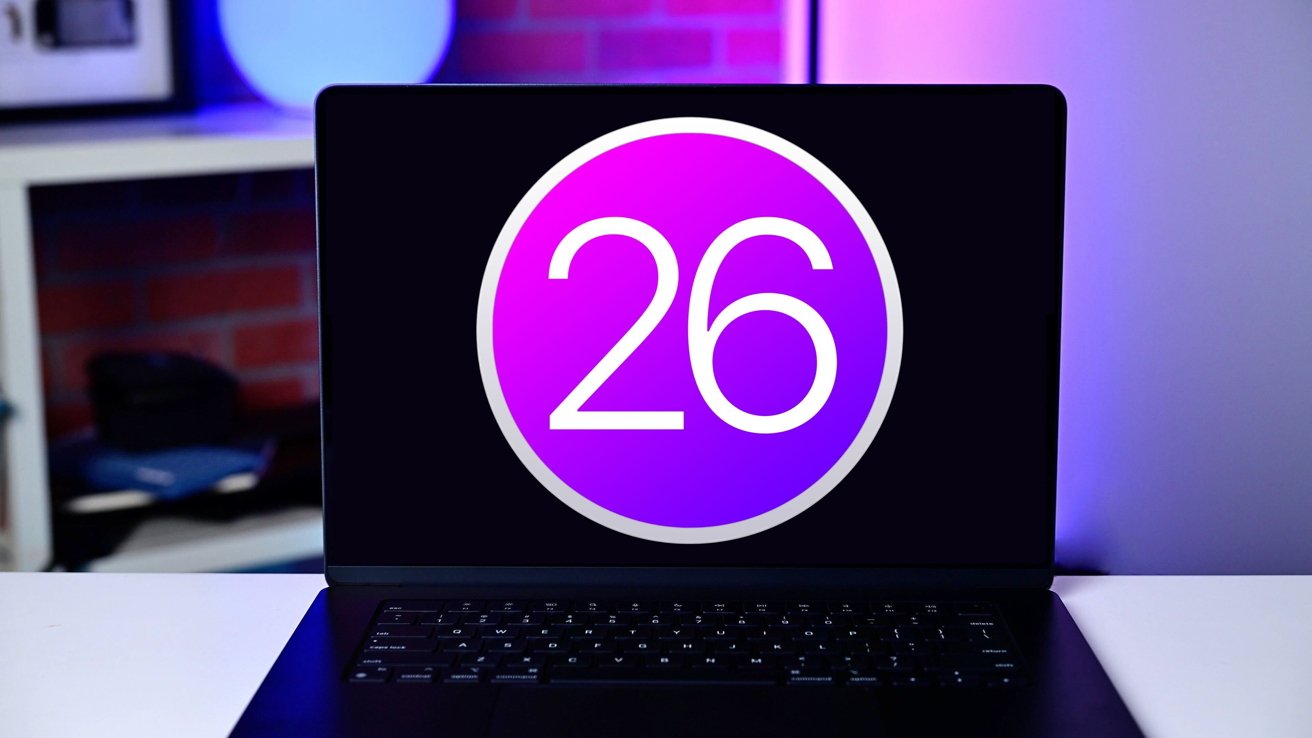
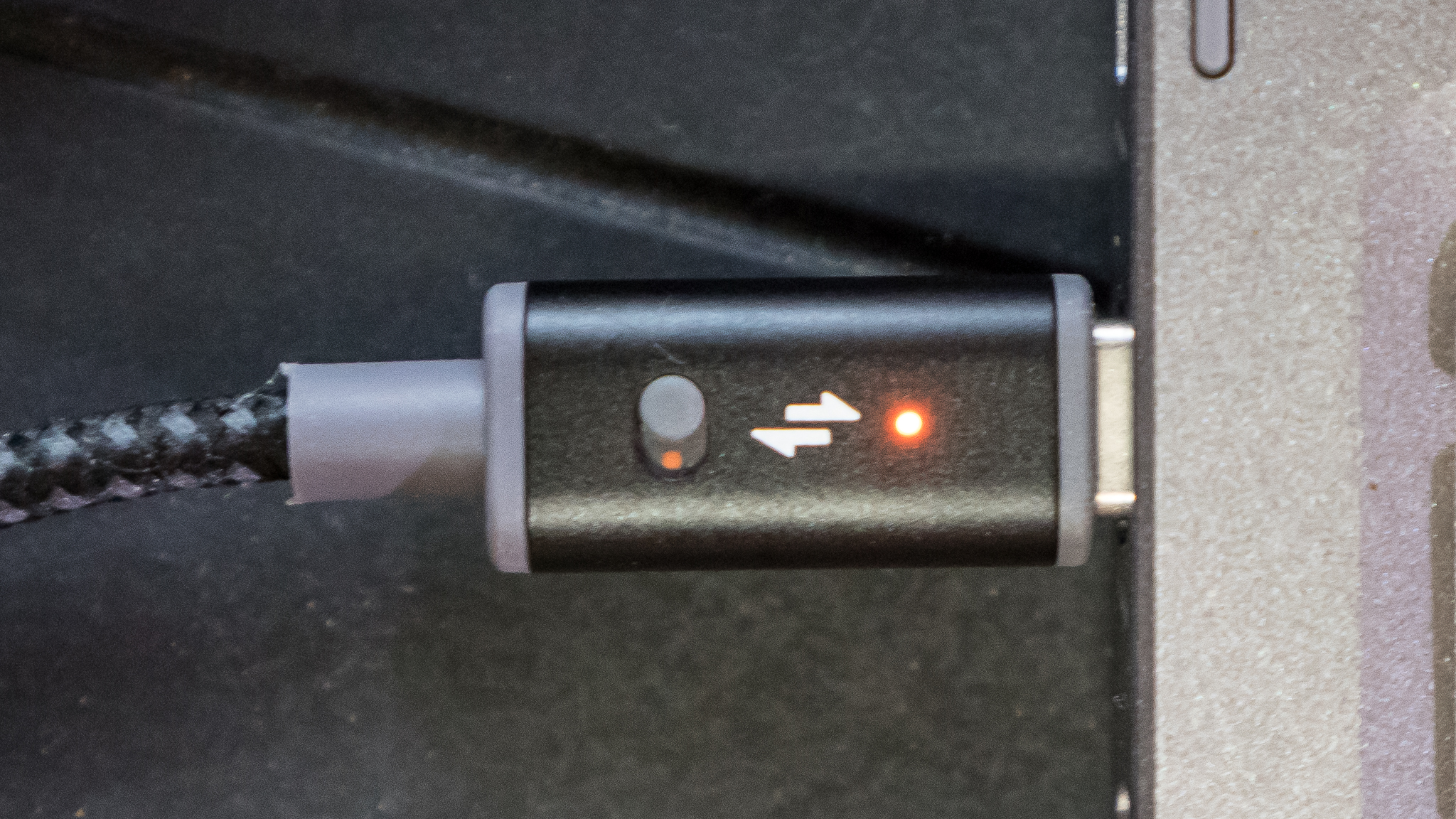
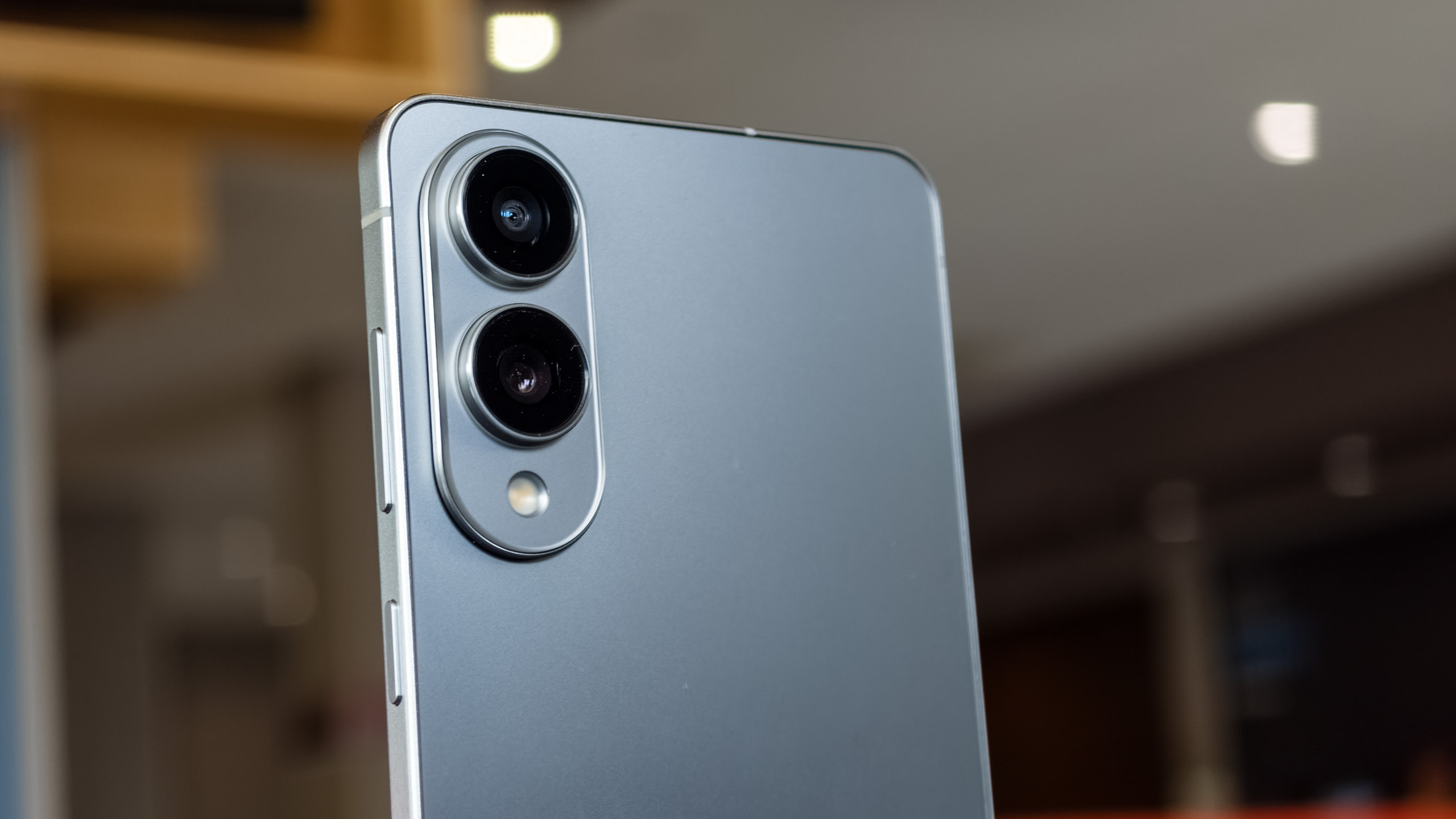
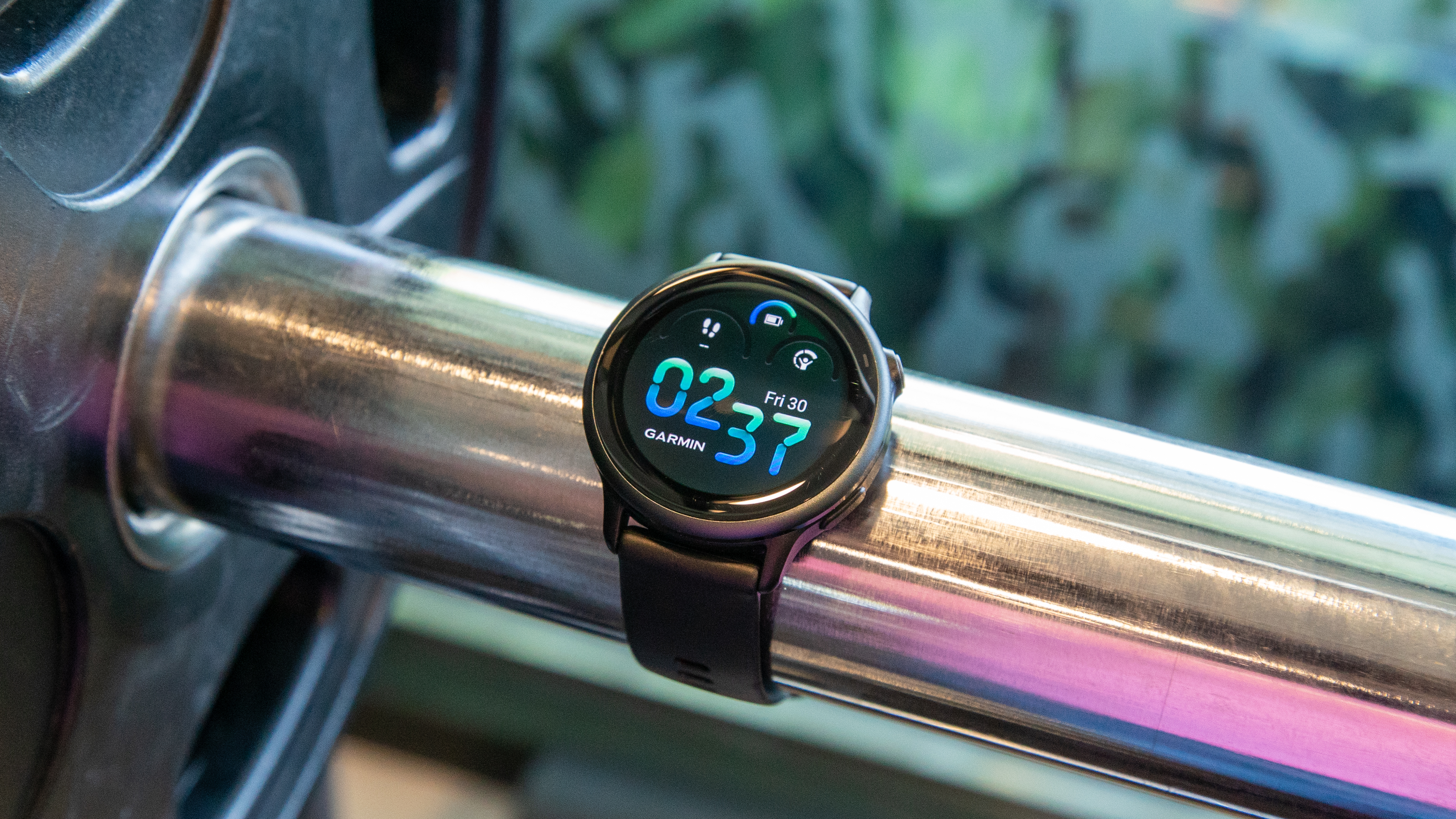






![Satechi launches OnTheGo 3-in-1 charger with compact design & Qi2 support [Video]](https://i0.wp.com/9to5mac.com/wp-content/uploads/sites/6/2025/04/ONTHEGO_3in1_APLUS_MODULE4_Banner2_Sand_desktop.jpeg?resize=1200%2C628&quality=82&strip=all&ssl=1)
















![Apple to Name Next macOS 'Tahoe,' Switch to Year-Based OS Names Like 'macOS 26' [Report]](https://www.iclarified.com/images/news/97471/97471/97471-640.jpg)
![Sonos Father's Day Sale: Save Up to 26% on Arc Ultra, Ace, Move 2, and More [Deal]](https://www.iclarified.com/images/news/97469/97469/97469-640.jpg)

















